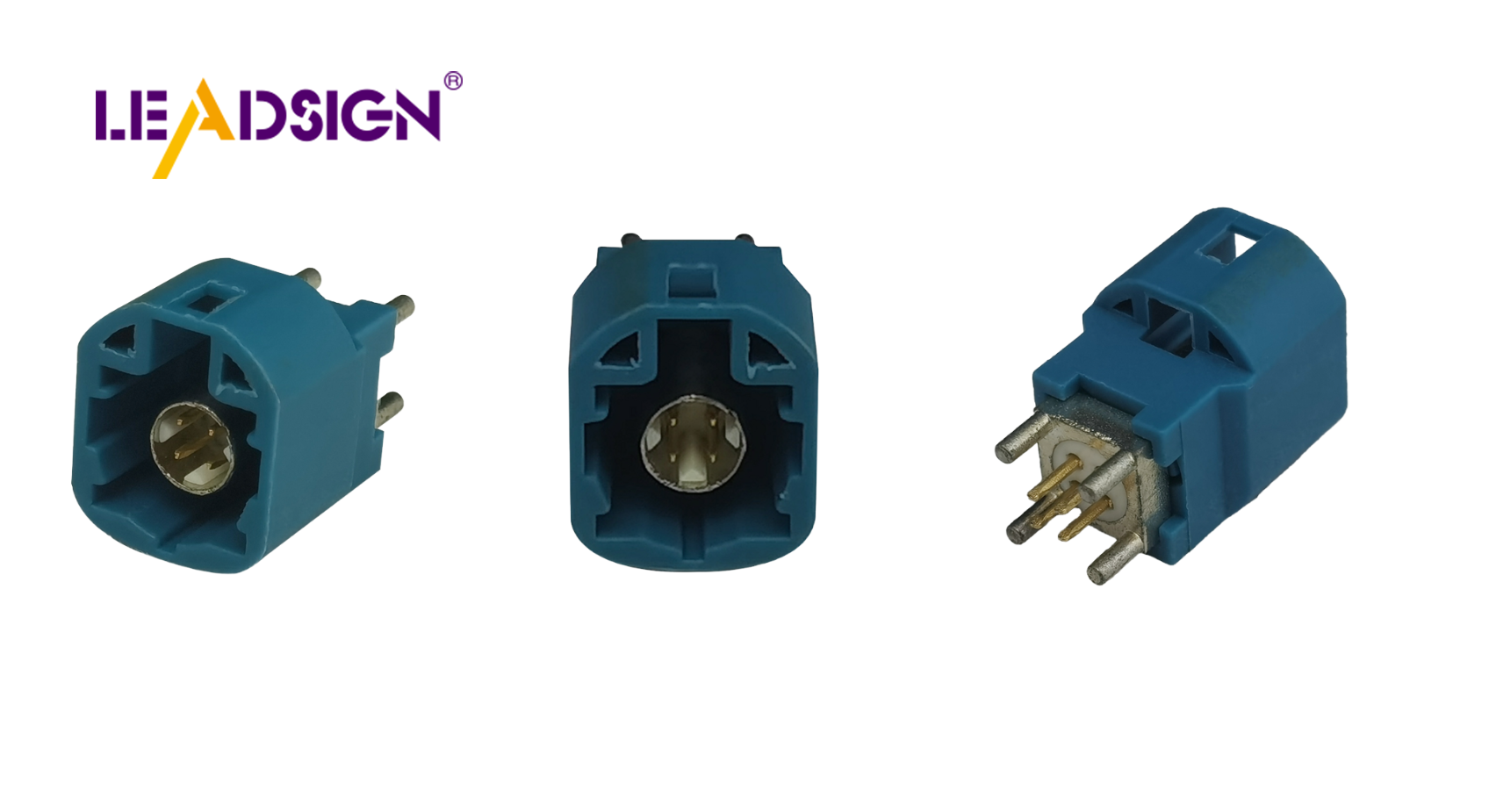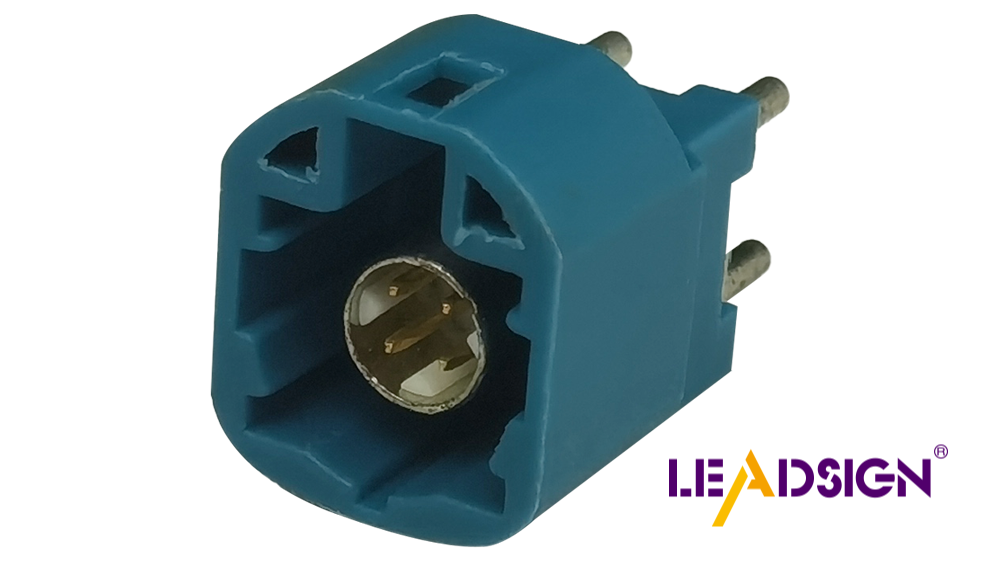Installing Automotive Wire Connectors: A Step-by-Step Guide

Good wire connections help your car's electrical parts work well, including various automotive wire connectors types. Bad connections can cause problems like short circuits. These issues happen because of water or road salt. Picking the right wire connectors is important for keeping things working. Choose connectors that handle tough conditions. Having the right tools and materials makes installing easier. This helps make sure connections are strong and last long.
Understanding Automotive Wire Connectors
Automotive wire connectors are important for your car's electrical system. Knowing the different kinds helps you pick the right one.
Types of Automotive Wire Connectors
Overview of Different Connector Types
There are many types of automotive wire connectors. Each is made for certain needs. Some common ones are:
Crimp Connectors: These are easy to use and work well. You crimp them onto wires with a tool.
Solder Connectors: These make strong, lasting connections. Heat melts solder onto wires and connectors.
Weatherproof Connectors: Good for outside use, they keep water out and stop rust.
Push-In Connectors: They make setup simple. Push the wire in, and it stays put.
Each type has its own good points and uses. Crimp connectors are quick fixes, while solder ones last longer.
Choosing the Right Connector for Your Needs
Picking the right connector depends on things like:
Environmental Conditions: Think about where you'll use it. If wet or dirty, choose weatherproof ones to stop rust.
Electrical Requirements: Know how much power it needs to handle. High-power jobs need tough connectors.
Ease of Installation: For easy setup, push-in might be best. For strong links, go with solder ones.
Frequency of Use: If used a lot, like USBs, get ones that resist wear to avoid damage.
By knowing these points, you can choose the best automotive wire connectors for your car’s needs.
Getting Ready for Installation
Before you put in automotive wire connectors, gather the right tools and materials. This helps make the installation easy and stops common mistakes.
Collecting Needed Tools and Materials
Important Tools List
To install automotive wire connectors well, you need certain tools. Here’s what you need:
Wire Stripper: This tool takes off the wire cover without harm.
Crimping Tool: Needed for crimp connectors, it makes a tight fit.
Soldering Iron: For solder connectors, this melts the solder.
Heat Gun: Shrinks tubing over connections to keep them dry.
Multimeter: Checks if connections are stable and working.
Having these tools ready makes installing different automotive wire connectors easier and better.
Types of Wire Connectors
Knowing about different automotive wire connectors is key. You might use:
Crimp Connectors: Good for fast and simple setups.
Solder Connectors: Best for strong, lasting links.
Weatherproof Connectors: Great for outside where water is a worry.
Push-In Connectors: Make setup quick and easy.
Pick the right connector based on your needs and where they will be used.
Safety Steps
Safety comes first when using any kind of automotive wire connector. Being careful stops accidents and ensures success.
Why Safety Gear Matters
Wearing safety gear keeps you safe from harm. Always wear:
Safety Glasses: Keep your eyes safe from bits or sparks.
Insulated Gloves: Protect hands from electric shocks.
Protective Clothing: Stops burns or cuts when using tools.
Using safety gear lowers risks during installation work.
Safe Handling of Electrical Parts
Be careful with electrical parts. Here are some tips:
Disconnect Power: Turn off power before starting work.
Avoid Moisture: Keep things dry to stop short circuits.
Use Connector Grease: A little grease stops moisture, rust, and wear which can cause problems.
By following these steps, you ensure safe installation of all types of automotive wire connectors.
Step-by-Step Installation Process

Installing car wire connectors needs careful work. Follow these steps for success.
Stripping the Wire
Picking the Right Wire Stripper
Use the right tool to strip wires. A good stripper fits the wire size and cuts cleanly. Adjustable strippers work with different wires. This tool helps prepare wire ends for a strong connection.
How to Strip Wire Insulation
Stripping insulation is important. Put the wire in the stripper's slot, squeeze, and pull gently. This removes insulation without damage. Practice this for good results. Properly stripped wires make attaching connectors easier.
Attaching the Connector
Choosing the Right Connector Type
Pick the right connector for your needs. Think about where you'll use it and power needs. Crimp connectors are fast; solder ones last long. Weatherproof ones keep water out, great for outside use.
Crimping the Connector Well
Crimping needs care. Put stripped wire in connector, then crimp tightly with a tool. Make sure wire is in place before crimping. A tight crimp stops slipping out, keeping connections strong.
Testing the Connection
Using a Multimeter to Test It
Testing checks if it works well. Use a multimeter to check continuity by placing probes on each end of connection. A beep or reading shows it's good.
Making Sure It's Secure and Stable
After testing, look at connection closely. Check for loose parts or bare wires. Use heat shrink tubing for extra protection, making connections last longer against weather.
By following these steps, you can install car wire connectors well and easily.
Fixing Common Problems
When working with automotive wire connectors, you might face some usual problems. Knowing these issues and how to solve them keeps your car's electrical system dependable.
Finding Bad Connections
Signs of a Bad Connection
Bad connections can cause trouble in your car. You might see flickering lights or lose power sometimes. Sometimes, the electrical parts might stop working completely. These problems often come from loose connections or rust at connector points. Water can make terminals rusty, causing short circuits.
How to Fix Connection Problems
To fix bad connections, do these steps:
Check the Connector: Look for rust or damage signs. Clean any rust with a cleaner.
Tighten Loose Parts: Make sure all parts are tight. Use a crimp tool to tighten loose ones.
Change Broken Parts: If a connector is too damaged, replace it with a new one that matches the automotive wire connectors in your car.
Use Connector Grease: Apply grease to stop future rust and keep connections stable over time.
Handling Connector Failures
Why Connectors Fail
Connectors can fail for many reasons:
Too Much Force Needed: High force can misalign and wear out metal parts, causing safety issues.
Water Getting In: Water inside the connector causes short circuits and rust, leading to failure.
Wrong Materials Used: Using wrong materials leads to poor performance and failure.
Ways to Prevent Failures
To avoid failures, try these solutions:
Pick the Right Connector Type: Choose types that fit your car's needs and weather conditions. Weatherproof ones are good for wet areas.
Ensure Correct Force Needed: Design connectors with right force to prevent wear and alignment problems.
Use Matching Materials: Ensure materials used in connectors match each other to avoid breakdowns.
Do Regular Checks: Check and maintain connectors often to find issues early on. Use protective items like heat shrink tubing against weather effects.
By knowing these common problems and using preventive steps, you ensure long-lasting and reliable use of your automotive wire connectors.
Now you know how to install car wire connectors. Strong connections help your car's electric parts work well. Always stay safe by wearing gear and turning off power first. Picking the right connector for what you need is very important. Follow these tips to make strong and good connections. Keep practicing to get better and keep your car working well.
See Also
Exploring Ford Fakra Connectors: A Comprehensive Overview
All About HSD Connectors: A Detailed Overview
Essential HSD Connector Information for Automotive Sector

